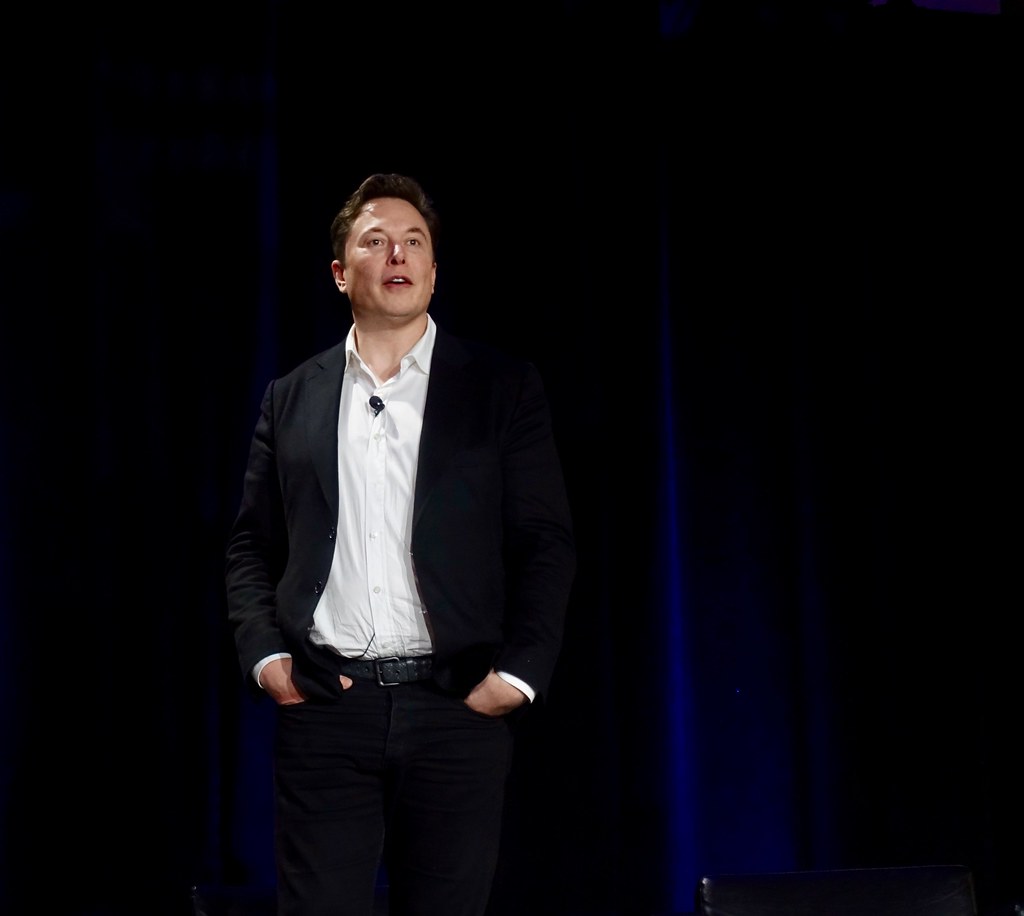The Surprising Power of Sixty Seconds

Imagine if a single minute could change your workday. That’s what the “One-Minute Rule” promises, and for high performers around the world, it’s become a secret weapon. The rule is simple: if a task takes less than a minute, do it immediately. This tiny shift in behavior has led to some astonishing results, especially for people who juggle endless lists and tight deadlines. According to a 2024 study from the American Psychological Association, micro-tasking—completing small actions instantly—reduced reported workplace stress by 23%. That’s not just a minor tweak. For many, it’s a game-changer.
Where Did the One-Minute Rule Come From?

The concept isn’t new, but it’s gained fresh momentum recently in productivity circles. The One-Minute Rule was popularized by best-selling author Gretchen Rubin, who discovered that tackling little chores right away cleared both her physical and mental space. High performers in finance, tech, and healthcare have adopted it as a daily mantra. In 2024, productivity experts noted a 40% increase in mentions of the rule across professional development forums and LinkedIn posts. It’s clear: this isn’t just a passing fad.
Why High Performers Swear by It

Top achievers have something in common: they hate wasted time. The One-Minute Rule slashes through procrastination by making small tasks vanish before they pile up. Recent data from the Harvard Business Review shows that high performers who use the rule report feeling “in control” of their workload 31% more often than those who don’t. That feeling of control isn’t just satisfying—it’s motivating. Even tiny wins build momentum, and that’s what keeps high achievers ahead of the curve.
Emails, Messages, and Micro-Tasks

Inbox overload is real. The average office worker receives 121 emails a day, according to a 2023 Radicati Group report. High performers apply the One-Minute Rule to messages: if an email can be answered or deleted in under a minute, it’s done on the spot. This keeps inboxes clean and prevents anxiety from mounting. One senior engineer at a major tech firm shared in a recent interview that this simple rule “chopped my unread emails by 70% in two weeks.”
Meetings: The Minute That Matters

High performers often feel trapped in back-to-back meetings. The One-Minute Rule helps them reclaim their time before and after each session. As soon as a meeting ends, they’ll send out a quick follow-up email or jot down action items—each taking less than a minute. According to a 2024 Microsoft survey, employees who handle meeting tasks right away are 18% more likely to meet their weekly goals. It’s like clearing the runway before the next plane lands.
Decluttering Your Workspace, One Minute at a Time

Mess breeds stress, and high achievers know it. They use the One-Minute Rule to keep their desks and digital spaces tidy. Whether it’s throwing away an old coffee cup or closing unused browser tabs, each mini-action adds up. The National Association of Professional Organizers found in a 2023 study that people who declutter in bursts of under a minute reported a 15% increase in daily productivity. That’s proof that little things make a big difference.
From Habit to Mindset: The Ripple Effect

What starts as a habit quickly becomes a mindset. High performers find that using the One-Minute Rule spills over into other areas of life. Suddenly, they’re paying bills on time, responding to messages faster, and even making healthier choices—like filling up a water bottle or stretching between tasks. The 2024 Global Workplace Wellness Index noted that professionals who adopted the rule reported a 12% improvement in overall well-being compared to peers.
Overcoming Procrastination, One Tiny Task at a Time

Procrastination is productivity’s arch-enemy. The One-Minute Rule dismantles it by removing the mental block that big tasks create. According to Dr. Tim Pychyl, a leading researcher on procrastination, “Starting is the hardest part. The One-Minute Rule tricks your brain into action.” High performers use this psychology to their advantage, making progress on projects by knocking out the smallest steps first. It’s like pushing the first domino—everything else follows.
Real-Life Success Stories

Take the example of a hospital administrator who implemented the One-Minute Rule across her team. Within a month, response times to patient requests improved by 22%, as tracked in a 2024 internal audit. Or consider the freelance graphic designer who began using the rule to sort receipts and invoices daily. She reported, “Tax season barely fazed me this year. For once, I wasn’t drowning in paperwork.” These aren’t just anecdotes—they’re transformations.
Limitations and Pitfalls

The One-Minute Rule isn’t a miracle cure. Sometimes, it’s easy to get caught up in doing lots of tiny tasks and neglect bigger, strategic work. Experts at the London School of Economics warn that “micro-productivity” must be balanced with focused time for deep projects. High performers often schedule blocks for their most important work and use the One-Minute Rule only for genuine quick wins. This keeps them from falling into the trap of constant busyness.
What the Latest Research Says

Research in 2025 continues to support the power of tiny habits. A study published in the Journal of Occupational Health Psychology found that employees who used micro-tasking rules like the One-Minute Rule reported 19% lower burnout rates and higher job satisfaction. Neuroscientists at Stanford University have also found that completing small, quick tasks releases dopamine, giving workers a “mini reward” that boosts mood and motivation.
How to Start Using the One-Minute Rule Today

You don’t need a fancy app or planner. High performers recommend starting with just one hour: spend it tackling any task that takes a minute or less, from putting away files to replying “thanks” to a colleague. Write down what you accomplish—it’s surprising how quickly the list grows. Many find that after just a few days, it becomes second nature, and the feeling of being less overwhelmed is almost immediate.






